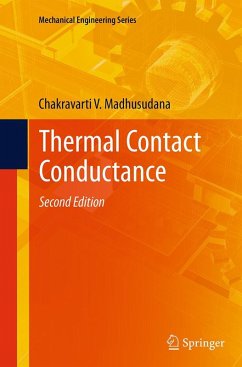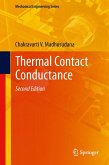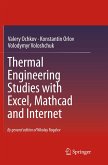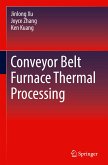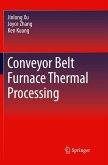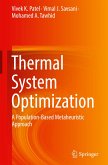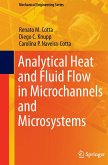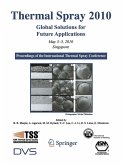The work covers both theoretical and practical aspects of thermal contact conductance. The theoretical discussion focuses on heat transfer through spots, joints, and surfaces, as well as the role of interstitial materials (both planned and inadvertent). The practical discussion includes formulae and data that can be used in designing heat-transfer equipment for a variety of joints, including special geometries and configurations. All of the material has been updated to reflect the latest advances in the field.
Reviewer 1:
The composition of the book follows a classic outline. It includes comprehensive theoretical insight into the phenomenon of TCC which establishes the links between the main physical characteristics determining TCC (properties of materials, surfaces and interstitial media), in the form of non-dimensional correlations. This allows the author to present TCC for variety of different materials in a simple form. It provides a summary of the experimental methods, collates and classifies information on the performance of different joints, hereby giving a useful update on the status of the field over half a century. Thus, the book is a good source of basic academic knowledge on TCC.
Reviewer 2:
This book would most certainly serve as a reference book; libraries of universities from all over the world should certainly buy it. Students can use it to learn the basic analytical methods and the experimental set-ups used.
Reviewer 3:
The whole style of this book, including illustrations is used very well. The examples are very vivid. It is easy to understand for machinery and materials processing engineering undergraduate students and masters.
The composition of the book follows a classic outline. It includes comprehensive theoretical insight into the phenomenon of TCC which establishes the links between the main physical characteristics determining TCC (properties of materials, surfaces and interstitial media), in the form of non-dimensional correlations. This allows the author to present TCC for variety of different materials in a simple form. It provides a summary of the experimental methods, collates and classifies information on the performance of different joints, hereby giving a useful update on the status of the field over half a century. Thus, the book is a good source of basic academic knowledge on TCC.
Reviewer 2:
This book would most certainly serve as a reference book; libraries of universities from all over the world should certainly buy it. Students can use it to learn the basic analytical methods and the experimental set-ups used.
Reviewer 3:
The whole style of this book, including illustrations is used very well. The examples are very vivid. It is easy to understand for machinery and materials processing engineering undergraduate students and masters.
Reviewer 1: The composition of the book follows a classic outline. It includes comprehensive theoretical insight into the phenomenon of TCC which establishes the links between the main physical characteristics determining TCC (properties of materials, surfaces and interstitial media), in the form of non-dimensional correlations. This allows the author to present TCC for variety of different materials in a simple form. It provides a summary of the experimental methods, collates and classifies information on the performance of different joints, hereby giving a useful update on the status of the field over half a century. Thus, the book is a good source of basic academic knowledge on TCC. Reviewer 2: This book would most certainly serve as a reference book; libraries of universities from all over the world should certainly buy it. Students can use it to learn the basic analytical methods and the experimental set-ups used. Reviewer 3: The whole style of this book, including illustrations is used very well. The examples are very vivid. It is easy to understand for machinery and materials processing engineering undergraduate students and masters.

